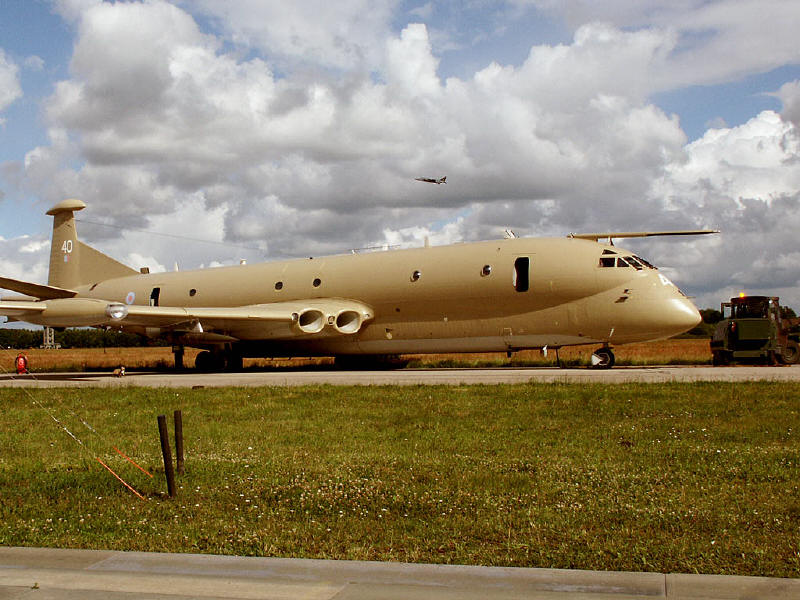
The Hawker-Siddeley Nimrod (now British Aerospace) was the first jet-powered patrol aircraft to be designed; earlier designs generally used piston or turboprop engines to improve fuel economy and allow for long duration patrols. Jet engines are generally very “thirsty” at low altitudes, but the Nimrod’s huge fuel capacity made up for this. It can also shut down two outboard engines at low altitude to extend endurance. When needed, the Nimrod could “dash” to its targets at a speed that no propeller aircraft could match.
Hawker-Siddeley Nimrod development began in 1964 as a project to replace the elderly Avro Shackleton. Like many other successful maritime patrol aircraft, it was based on a civil airliner which had reached the end of its market life – in this case, the Comet 4. The first two RAF aircraft were unfinished Comet 4 airliners. The Comet’s turbojet engines were replaced with Rolls-Royce Spey turbofans (for better fuel efficiency, particularly at the low altitudes required for maritime patrol), and major changes made to the fuselage, including an internal weapons bay, an extended nose for radar, a new tail with ESM sensors mounted in a bulky fairing, and a MAD boom. After a first flight in May 1967 the RAF ordered 46 Nimrod MR1s, and the first example entered service in October 1969. Five squadrons were eventually equipped with the MR.1.
Nimrod MR.2
In the early 1980s, the aircraft was upgraded to MR.2 standard; while the flight deck and general systems remained the same (apart from the later addition of an air-to-air refuelling probe as a result of lessons learned during the Falklands War in 1982, the main underwater and search systems were given a significant upgrade. All Nimrod MR2s are operated from RAF Kinloss, equipping Nos 120 and 201 Squadrons along with the Operational Conversion Unit, No 42 (Reserve) Squadron.
The Nimrod carries out 3 main roles; anti-submarine warfare, anti-surface unit warfare and search and rescue. It has an unrefuelled endurance of around 10 hours and, although capable of carrying 25 people.
Nimrod R.1
The original maritime equipment was removed from the airframe, and replaced with a highly sophisticated and sensitive suite of systems used for reconnaissance and the gathering of electronic intelligence. The ability of the Nimrod to loiter for long periods, following a high speed dash to the required area of operation, make the aircraft ideally suited to this task. The three Nimrod R.1’s operated from RAF Waddington, 51 squadron.
| Developing Nation: | United Kingdom. |
| First Flight(s): | June 28, 1968 (MR.1). |
| Crew: | 8. |
| Wing Span: | 35,08 m. |
| Wing: | 197,0 m². |
| Length: | 38,63 m. |
| Weight empty: | 39.000 kg. |
| Weight Max. Load: | Normally loaded: 80.150 Kg. Max. loaded: 87.090 Kg. |
| Engine (s): | 4 Rolls Royce Spey 250 turbofans. |
| Max. Speed: | normally limited to: 925 Km/h. |
| Max. Height: | 13,040 m. |
| Max. Range: | 9.262 Km. |
| Weapons: | The MR versions have six brackets on the inside of the fuselage where different kind of bombs and or torpedo’s can be installed.In the Falkland crisis nimrods were equipped with sidewinder missiles (not standard in RAF service). |
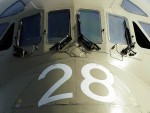
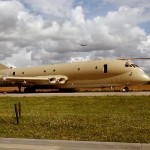





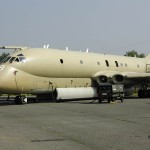
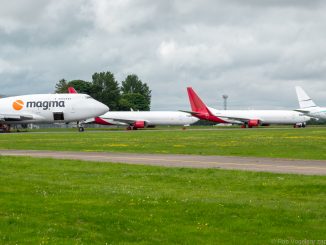
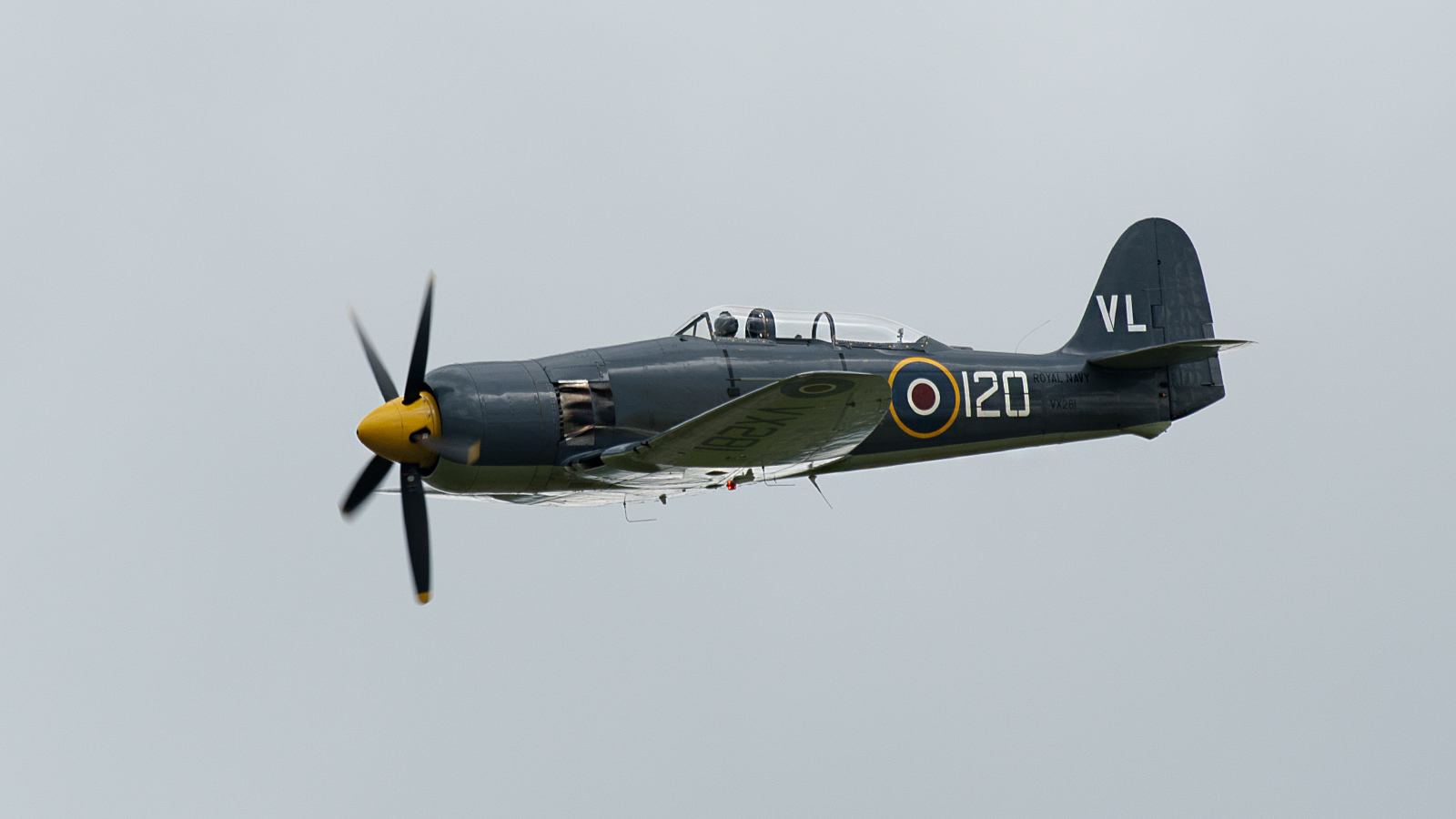
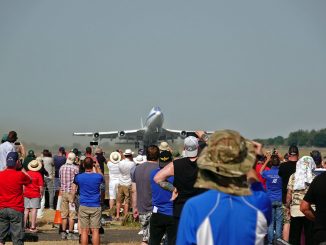
Be the first to comment